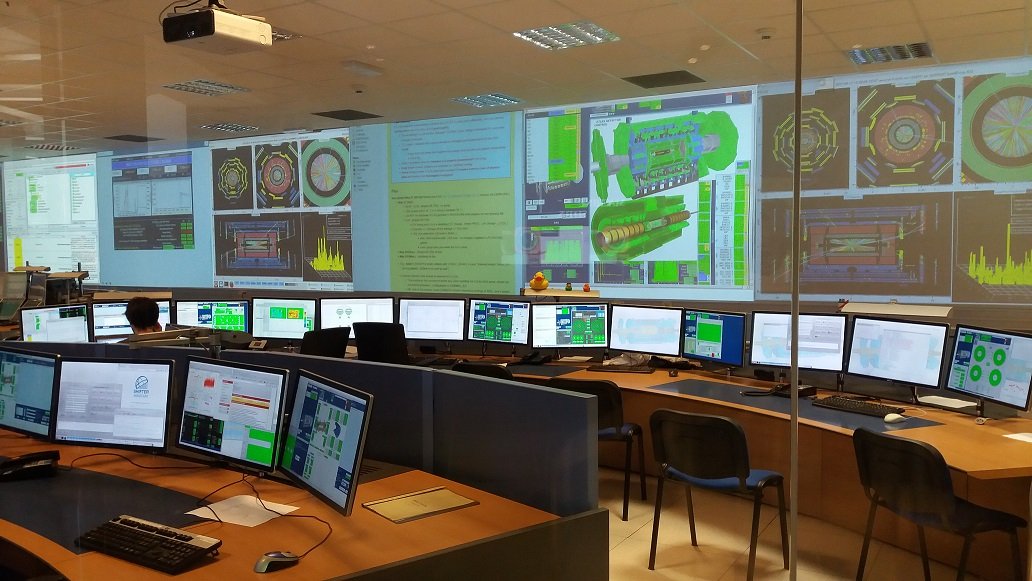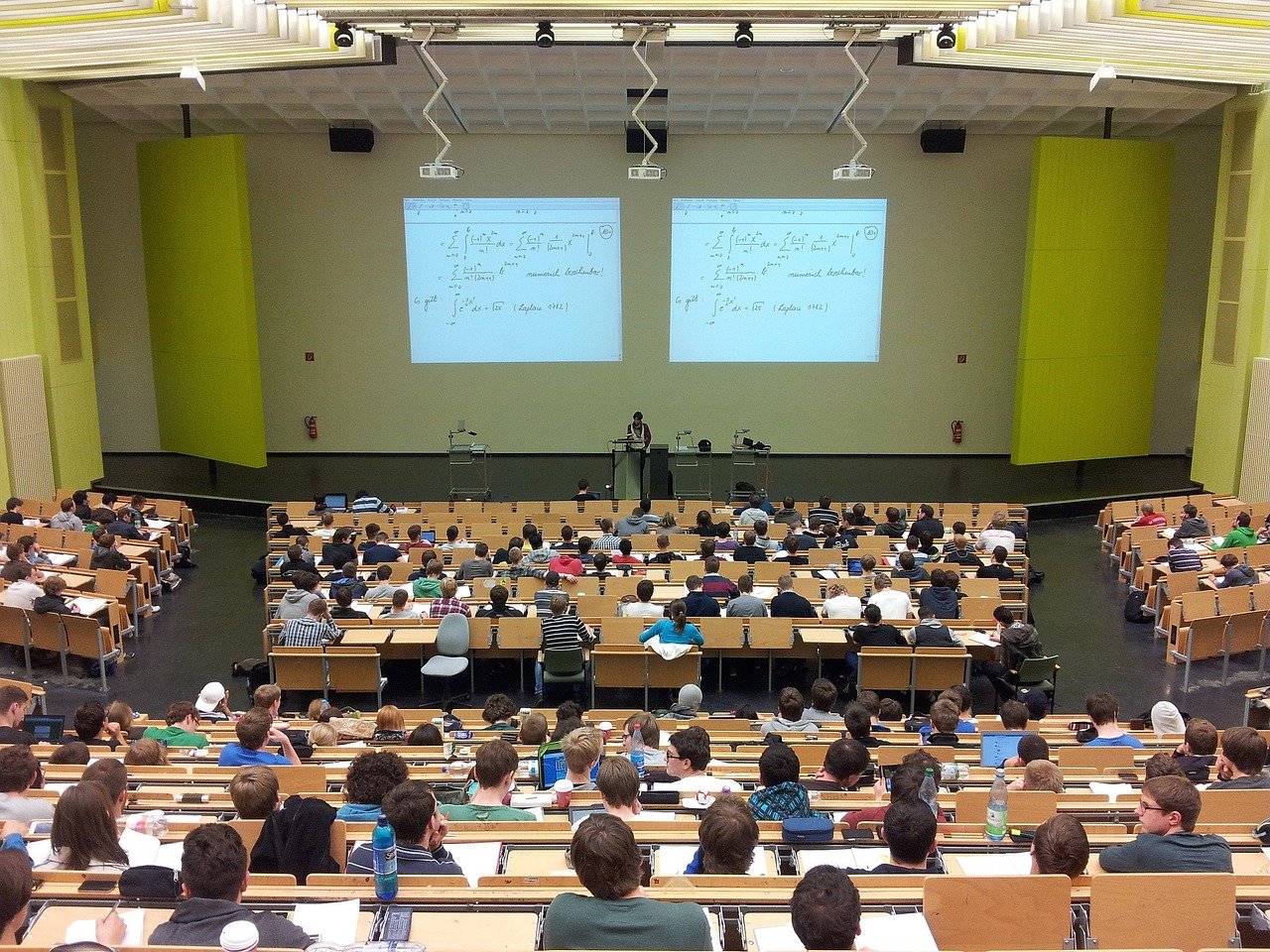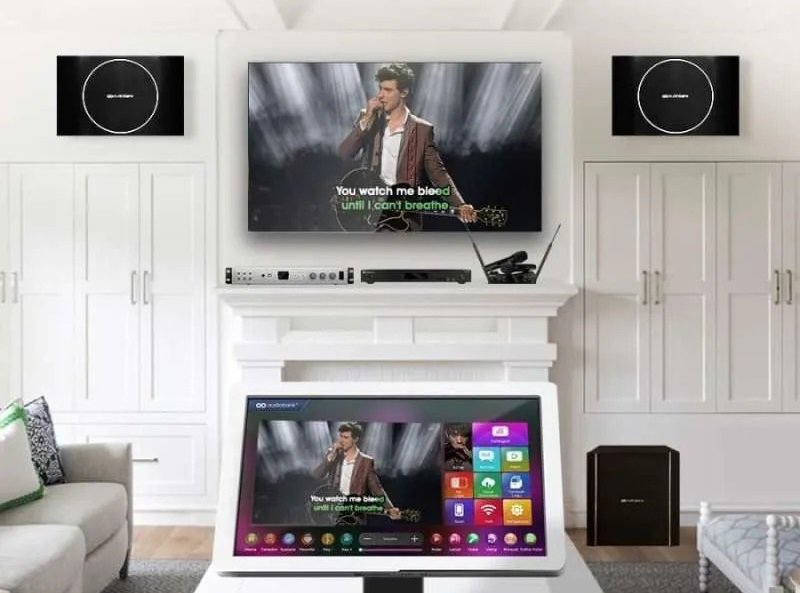A control room is a centralized location where various operations and activities can be monitored, managed, and controlled. It serves as a command center or nerve center for an organization, facility, or system, allowing operators to oversee and regulate different processes.
Setting up a control room requires careful planning and consideration of several key elements. Here are some essential components typically found in a control room setup:
- Physical Space: A dedicated room or area is required to house the control room equipment and personnel. The space should be designed to accommodate all necessary equipment, workstations, displays, and ergonomic considerations for operators.
- Workstations: Control room operators usually have individual workstations equipped with computers or consoles that provide access to relevant software applications, monitoring tools, and communication systems.
- Displays: High-resolution displays or video walls are used to present critical information, such as real-time data, surveillance footage, process diagrams, and alerts. Multiple displays allow operators to view multiple sources simultaneously.
- Control Consoles: Control consoles are specialized desks or panels that integrate various control interfaces and equipment. They typically include buttons, switches, knobs, and touchscreens that enable operators to interact with systems and equipment.
- Communication Systems: Effective communication is crucial within a control room and with external stakeholders. Intercom systems, telephones, and two-way radios are commonly used to facilitate communication among operators and relevant personnel.
- Monitoring and Surveillance: Control rooms often incorporate surveillance cameras, sensors, and monitoring equipment to gather data and provide real-time information on processes, security, or environmental conditions.
- Network Infrastructure: A robust and secure network infrastructure is necessary to connect all the control room components, including computers, displays, and other devices. It enables data sharing, remote access, and integration with other systems.
- Power Backup and Redundancy: Control rooms may require uninterrupted power supply (UPS) systems or backup generators to ensure continuous operation, especially during power outages or emergencies. Redundant systems are also implemented to minimize downtime.
- Environmental Controls: Control rooms should have appropriate temperature control, ventilation, and noise reduction measures to ensure a comfortable and productive working environment for operators.
- Ergonomic Considerations: The design of control room furniture, such as chairs, desks, and adjustable displays, should prioritize ergonomics to support operator comfort and prevent fatigue or injuries during long shifts.
It’s important to note that the specific requirements for a control room setup can vary significantly based on the industry, organization, or system being monitored. Therefore, careful analysis of the operational needs and consultation with experts are essential to design and implement an effective control room.







